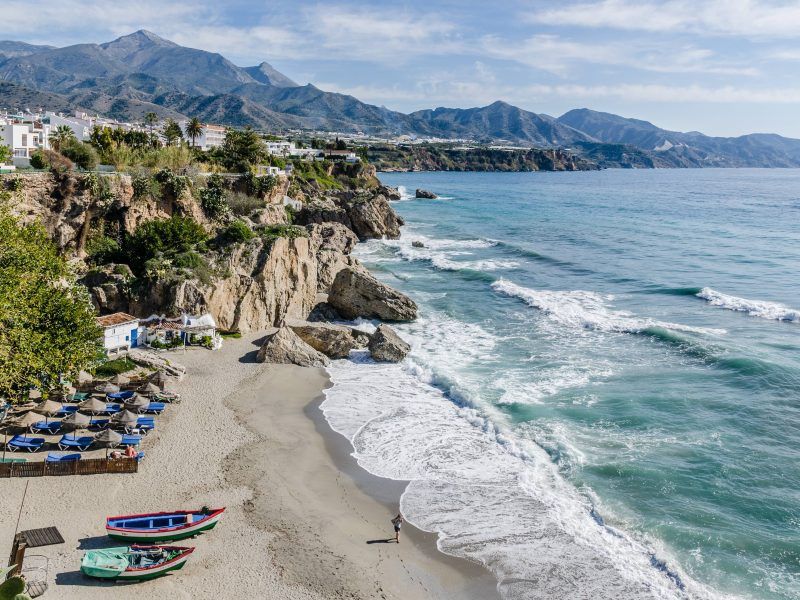The region is home to places of great beauty and impact that make every moment an unforgettable experience. The image of its natural landscapes is forever engrained into the memories of all its visitors. If you choose Nerja as your tourist destination, you should not miss the opportunity to visit the most emblematic sites that this city is home to.
Natural and man-made structures in Nerja
– Nerja Cave
This cave was discovered on January 12, 1959 in Nerja. Inside you can see paintings of seals that are quite possibly the first known works of art in the history of mankind, dating more than 42,000 years old. It is a first-rate geological site that combines two zones: one dedicated to the public and newly built tall Galleries that have restricted access. The size of these galleries is estimated at 5 kilometers. The cave is also made up stalactites, stalagmites, columns and castings. Inside, visitors can also find cave paintings, archaeological sites and strata.
Nerja Cave was declared a Historic-Artistic Monument in 1961, of Cultural Interest in 1985 and of Archeological Cultural Interest in 2005.
– Balcony of Europe
A viewpoint overlooking the sea. The name was chosen by King Alfonso XII after a large earthquake in 1885, when he discovered the beauty of this place after a visit to assess the damage caused by this natural disaster. The meaning of its name comes from the sensation that when looking out from the viewpoint you can see all of Europe. It is located at the end of a palm-lined avenue that ends in a circular plaza, creating an ambience of relaxation.
– Eagle Aqueduct
A civil works project that dates back to the nineteenth century built to carry water to the mills of the old San Joaquín de Maro sugar factory. Eagle Aqueduct consists of four floors of overlapping arches that highlight the slope of the Barranco de la Coladilla. The facade is decorated with a gallery of Mudéjar style blind arches and horseshoe arches.

